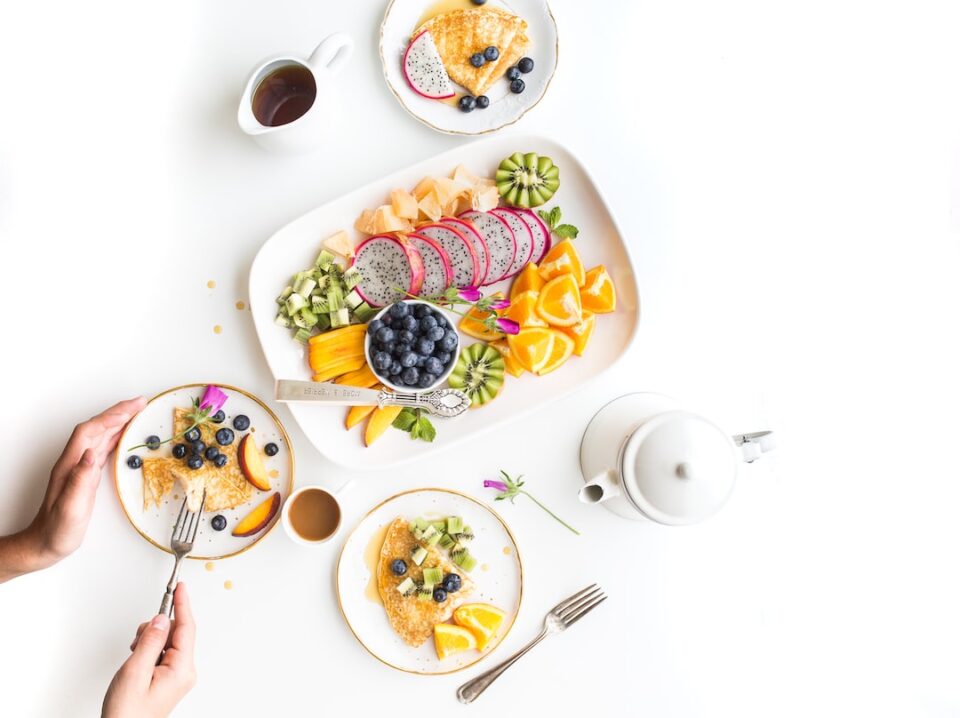Exploring the Rich and Delicious World of Chocolate
Chocolate, a magical treat loved by people of all ages and backgrounds, has a rich history steeped in indulgence and luxury. From its humble beginnings in ancient Mesoamerica to becoming a worldwide obsession, chocolate has captivated our taste buds for centuries. So, let’s take a journey and explore the rich and delicious world of this delectable indulgence.
To truly appreciate chocolate, it is essential to understand its origins. The ancient Mayans and Aztecs were the first to cultivate the cacao tree and unlock its secrets. They believed that cacao had divine properties and used it in religious rituals and as currency. It was even reserved exclusively for rulers and high-ranking individuals. The Mayans prepared a frothy beverage from ground cacao beans, flavored with spices like chili and vanilla, giving us a hint of the complex flavor profiles that chocolate is capable of offering.
Fast forward to the 16th century when chocolate made its way to Europe with the Spanish conquistadors. It wasn’t long before it became a popular drink among the aristocracy and eventually spread across the continent. However, it wasn’t until the 18th century that solid chocolate as we know it today was created. Thanks to technological advancements, the ability to finely grind cacao beans and separate cocoa solids from cocoa butter laid the foundation for modern chocolate bars.
Now, let’s talk about the different types of chocolate. There are three main varieties: dark chocolate, milk chocolate, and white chocolate. Dark chocolate boasts a high percentage of cocoa solids, delivering a complex and slightly bitter taste with subtle fruity notes. Its health benefits, including antioxidants, have also been widely celebrated. On the other hand, milk chocolate is sweet and smooth due to the addition of milk powder or condensed milk. It offers a more approachable flavor for those with a sweet tooth. Lastly, white chocolate, although controversial among chocolate purists, is made from cocoa butter, sugar, and milk. It lacks cocoa solids but is adored by many for its creamy and delicate taste.
In recent years, the popularity of artisanal and specialty chocolates has skyrocketed. Craft chocolatiers have taken the art of chocolate-making to new heights, experimenting with unique flavors and textures. From salted caramel to chili-infused bars, the possibilities seem endless. These small-batch creations often emphasize sustainability and showcase single-origin cacao beans from specific regions, allowing consumers to experience the distinct flavors produced by terroir and growing conditions.
Beyond the traditional forms of chocolate, we cannot forget the wide array of chocolate-based desserts and confections. From chocolate cake to truffles, brownies to hot chocolate, the world of chocolate desserts is a never-ending culinary adventure. The velvety smoothness and richness of chocolate can elevate any dessert to another level of indulgence.
Lastly, chocolate plays a significant role in celebrations and special occasions. It is a universal gift, symbolizing love, appreciation, and comfort. Who could resist a box of beautifully crafted chocolates on Valentine’s Day or an Easter egg hunt filled with chocolate treats? Chocolate has also become a staple ingredient in celebrations such as birthdays, anniversaries, and weddings, where it is celebrated in various forms, from cake decorations to party favors.
In conclusion, chocolate is not just a food; it is a cultural phenomenon. Its history, flavor profiles, and versatility have made it an object of fascination for millions worldwide. Whether you savor a plain dark chocolate square or go on an adventurous culinary journey with innovative chocolate creations, the rich and delicious world of chocolate will continue to entice, delight, and indulge our taste buds for generations to come.

